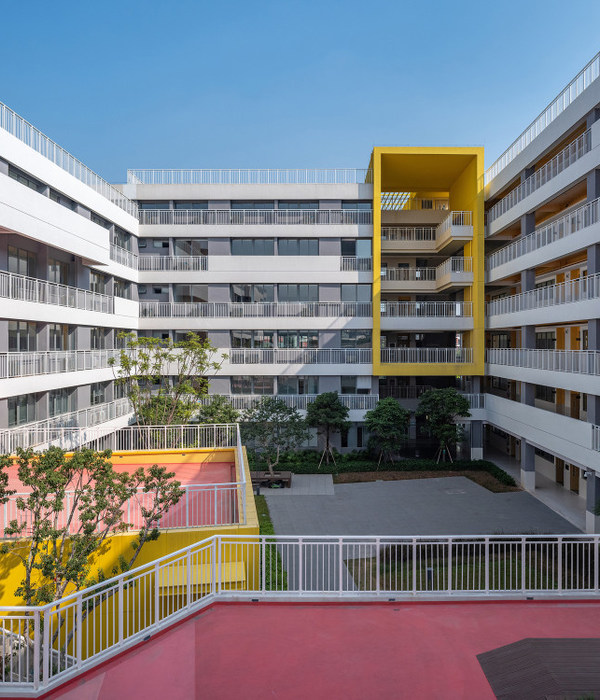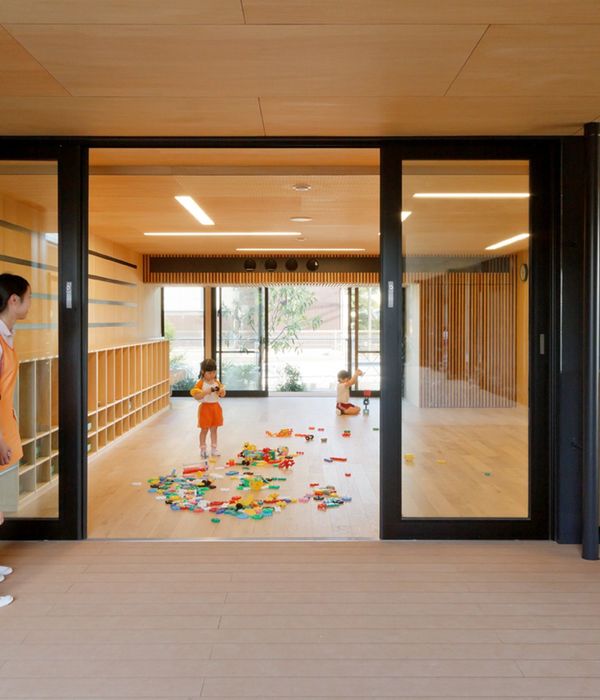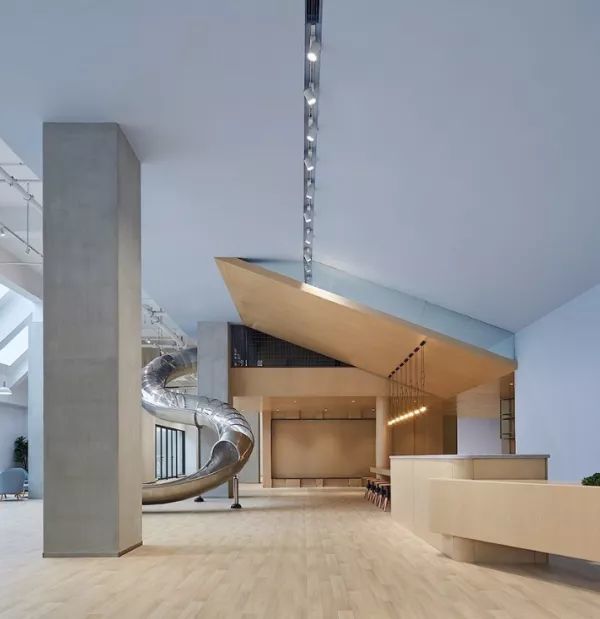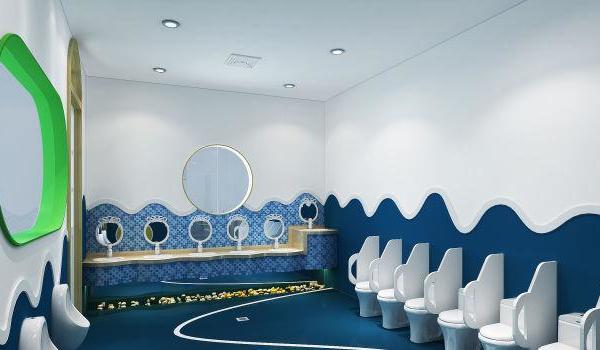PPAG Architects has developed around 30 school projects, and have become experts in educational buildings. The construction of a small secondary school in the southern Norwegian village of Sauland, which PPAG Architects designed together with the Norwegian Helen & Hard, brings cluster and village together. Austrian-international school construction expertise and Scandinavian timber construction expertise were the subject of a successful fusion.
Free learning and project-oriented teaching are in the foreground, frontal teaching is limited to a sensible level. It was the largest new construction project in the village for 20 years. The rural typology shapes the character and identity of the school. The size of the two-storey superimposed classrooms corresponds to the wooden houses in the area. The terms front and back are becoming less important, and the building looks the same from every direction - friendly, accessible, open.
The unusual: The proven cluster model was applied here so that virtually the whole school is a single cluster, including all specialist rooms. A spatial symbol for a comprehensive education. The space in front of the classes is not a break room, but is used through the whole day as a central pedagogical forum. Parts of the forum are designed as niches for small groups and can even be separated with glass doors. Thanks to its rotational arrangement, the forum has windows to the outside. The educational areas on both floors also have direct access to the outside.
The concept of visual connections continues from the outside in: visual connections between the areas of use create the basis for an open lesson. A large, wide staircase in the middle of the forum is also used for educational purposes. The library on the ground floor serves on the one hand as an extension of the forum, on the other hand as a connecting element between secondary school and administration building. The main entrance on the ground floor of the school is shared with the adjoining gym, which is also used for extracurricular activities of the community.
The majority of the school and the sports hall are executed in CLT (Cross Laminated Timber) - solid wood panel construction. The atmospheric effect of the wooden surfaces encourages the children to touch the building, to sit on components or to work. The house becomes a tool of education, a workshop of the senses. The sound-intensive rooms (workshop areas on the ground floor and music rehearsal rooms on the first floor) are accommodated in a concrete core. The change of the pedagogues into the new rooms turned out to be unproblematic since the manageable, rural size of the school building was immediately familiar. "The house radiates a potential of use that nobody can avoid," explain PPAG.
{{item.text_origin}}












